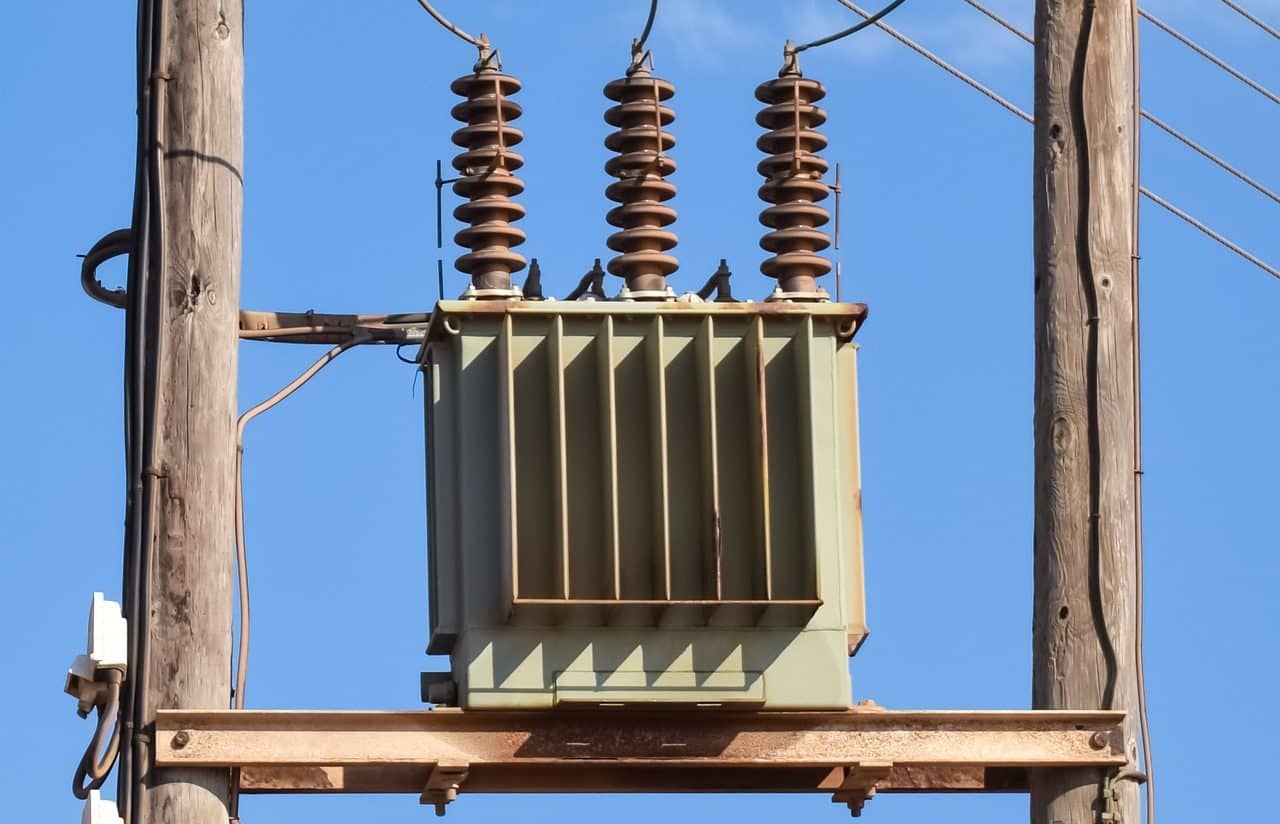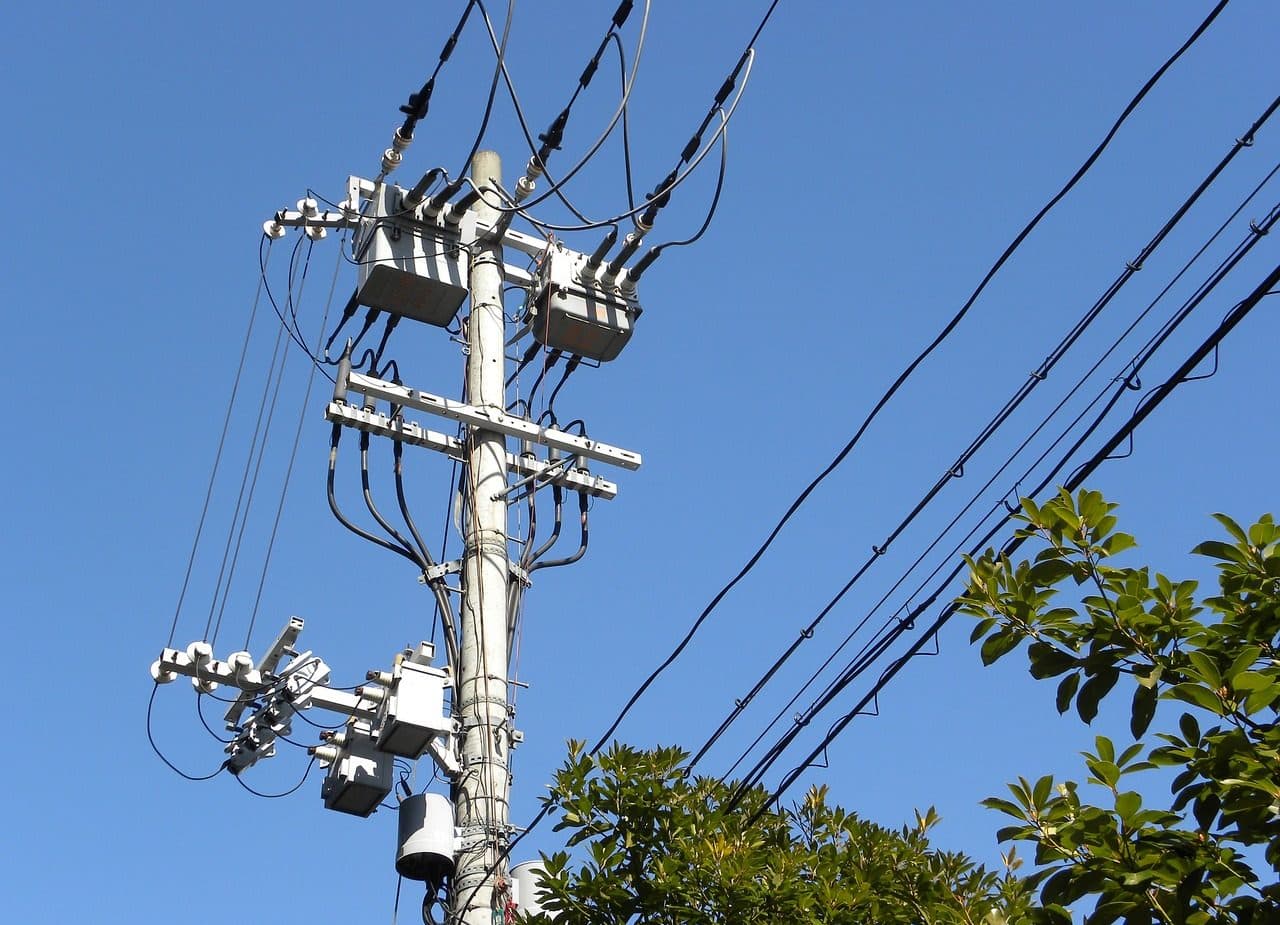
A transformer converts high-current, low-voltage alternating current into low-current, high-voltage current.
Transformer is an adjective that is used to describe that which manages to transform something or someone . The verb transform, for its part, refers to modifying, converting or transmuting .
For example: "The trip was transformative for me: by seeing how the monks live in Tibet, I understood that I do not have to be tied to material possessions," "Gómez's entry was transformative for the team, which suddenly adopted a different attitude and began to attack more" , "We need to develop a transformative project that changes the productive matrix of the region" .
Etymology of transformer
Before moving forward, in order to determine the meaning of the term that concerns us now, it is important to establish its etymological origin. In this sense we can say that it derives from Latin and that it is the result of the sum of the following components:
- The prefix trans- , which means "from one side to another."
- The noun forma , which is equivalent to "figure" .
- The suffix -dor , which is used to indicate the "agent" .
an electrical device
As a noun , the term transformer refers to a device used to convert high-intensity, low-voltage alternating current into low-intensity, high-voltage current. The device also carries out the reverse process.
Transformers, therefore, are capable of minimizing or increasing the voltage within an alternating current circuit . This voltage change is carried out while maintaining the power unchanged. In fact, in an ideal transformer, the power entering the system is identical to the potential leaving since no loss is recorded. In real transformers, however, small losses usually occur.

There are different types of transformers.
Structure of a transformer
It is interesting to know that basically the structure of any transformer is made up of two different parts:
- The core , which is made up of insulated steel sheets and has elements such as cylinder heads and columns. It is the one responsible for proceeding to conduct the magnetic flux.
- The windings , which are copper wires.
Classification according to type
It is possible to distinguish between a wide variety of transformers. There are power transformers , pulse transformers , isolation transformers , and impedance transformers , among many others.
An autotransformer , in turn, is a device similar to a transformer, although with a single solenoid that is located around the ferromagnetic core .
Other information of interest about transformers
In addition to everything stated above, it is worth knowing other interesting information about the transformer:
- Power transformers are further divided into four classes: autotransformers, shunt power transformers, step-down electrical transformers, and step-up electrical transformers.
- In three-phase transformers, the connection can be of four types: triangle-delta, star-star, star-delta or triangle-star.
- Transformers currently play a fundamental role in our lives if we take into account that they not only manage to bring us adequate electricity from the power plants to our homes but they are also used to make household appliances work and even to prevent situations from occurring at home that end up creating a real safety hazard.
